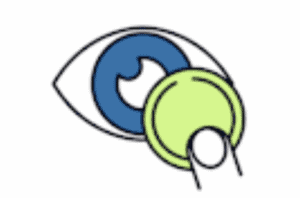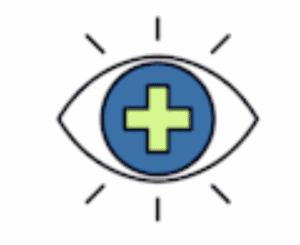Contact Lens Research
Most Recent Articles
Our body has five main senses: The eye is the vision sensory organ. What actually perceives this sensory information, however, is the brain. All of our sense organs report to the brain for processing, understanding, considering, and responding to the information sent. The brain is also responsible for all of our thinking, remembering, moving, balancing,…
Read MoreHow Does the Eye Work? Light is divergent in nature. Which means that any light that enters into our eye is “out-of-focus” and needs to be brought back into FOCUS. The cool thing about the eye is that the front one-third of the eye has the potential to converge light into a perfect focus onto…
Read MoreRemoving contact lenses from your eyes tends to be easier than putting them in. The goal when inserting a lens is creating a seal with the rim of the lens on the eye, while the goal of removing it is safely breaking this seal. There are many ways to go about breaking the seal, but…
Read MoreThe biggest hurdle that you will have wearing contact lenses is learning to handle them, especially putting them in. Long time wearers make it look easy, as if they could flip the contact lens into the air like a coin with their thumb and catch it on their eye perfectly without much work. And, truth…
Read MoreWhat is Nearsightedness (Myopia)? Myopia, also known as nearsightedness, is an optical condition of the eye that causes vision to be blurry when looking at things that are far away. Therefore, myopia is also referred to as being nearsighted, as in, “I have near sight. I can see things that are near to me. I…
Read MoreWhat is Farsightedness (Hyperopia)? Hyperopia (also known as Hypermetropia or Farsightedness) is an optical condition of the eye that makes focusing far away difficult, but it makes focusing up close even more difficult. People who have hyperopia have greater difficulty focusing up close, so they are better (in comparison) at seeing far away, and therefore,…
Read MoreWhat is Presbyopia? Presbyopia is the gradual inability for the eye to focus that occurs as we age, due to loss of flexibility of the crystalline lens within the eye. The lens is made of elastic proteins that give flexibility to the lens, but as we get older, the elastic proteins begin to lose their…
Read MoreWhat is Astigmatism? Astigmatism is an optical condition of the eye that causes vision to be blurry when looking at things that are either far away or up close due to having multiple points of focus. Other refractive error problems (such as nearsightedness and farsightedness) are caused by light being focused to ONE POINT either…
Read MoreAlmost everyone has heard of the numbers 20/20 when it comes to vision. There’s even a commonly quoted phrase “hindsight is 20/20”. But what is 20/20? What does that even mean? How Vision Values Like “20/20” Are Measured Well, it’s really not as complicated as it seems. The numbers are referring to a distance of…
Read MoreIn order for us to see, light enters the eye through the cornea, goes through the pupil, and then must focus perfectly on a single pinpoint spot on the retina in the back of the eye called the fovea. If light does not focus on the fovea, then that eye is “uncorrected” and the point…
Read More





